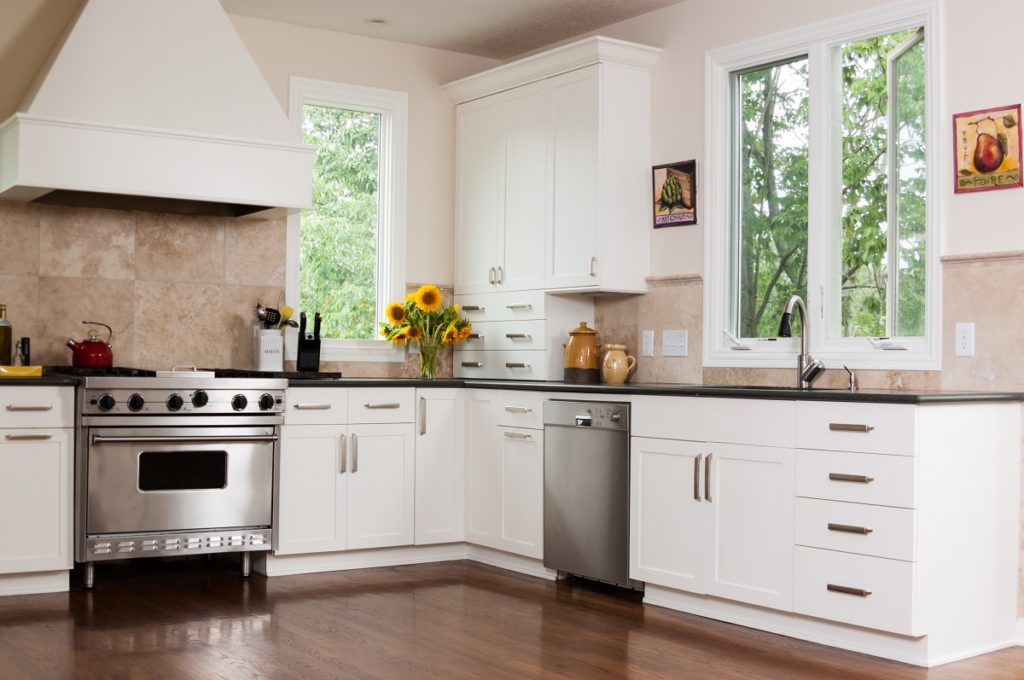Sustainability has become a top priority for many homeowners in recent years. Making your home more sustainable doesn’t have to be a vast undertaking – plenty of small changes you can make will significantly impact you. It’s now more crucial than ever now that global warming’s damage to the world has become undeniably apparent.
Additionally, sustainable homes are good for the environment and can save you money on your energy bills. But where do you start? Here are four essential upgrades you can make to create a more sustainable home.
Install Solar Panels
Solar panels are a great way to reduce your reliance on fossil fuels and save money on energy bills. And thanks to technological advances, solar panels are now more affordable than ever. So if you’re serious about making your home more sustainable, installing solar panels should be at the top of your list. However, if you can’t afford solar panels, here are some great choices:
Solar Farm
Solar energy is more accessible than ever because of solar farms. Solar farms are large tracts of land where solar panels are installed to generate electricity. The electricity generated by solar farms is then sold to utilities and other companies that need it.
You can lease a plot of land from a solar farm developer and install your solar panels. Or you can invest in a community solar farm, which allows you to share the benefits of solar energy with your neighbors.
Upgrade Your Appliances
Your appliances take up a lot of energy, so upgrading to energy-efficient models is a great way to make your home more sustainable. Look for appliances with the Energy Star label, which means they meet strict energy efficiency guidelines the US Environmental Protection Agency set. However, upgrading your appliances also requires you to get the services of a local appliance repair service. They will ensure that your devices have a prolonged lifespan while saving you money on your electricity bills.
Upgrade Your Windows and Doors
Windows and doors are two of the most significant sources of heat loss in the average home. So if you want to make your home more energy-efficient, upgrading to energy-efficient windows and doors is a great place to start. Here are some ways you can upgrade your doors and windows:

Glazed Windows
If you want to upgrade your windows, one of the best things you can do is install glazed windows. Glazed windows are covered with a thin layer of glass, which helps to insulate the window and prevent heat loss.
Low-E Windows
Low-E windows are another excellent option for energy-efficient windows. Low-E windows have a coating that helps to reflect heat, which keeps your home cooler and warmer in the winter.
Retrofit Your Windows
If you can’t afford to replace all of your windows, you can still make them more energy-efficient by retrofitting them. Retrofitting involves adding insulation around the window frame to prevent heat loss.
You can also add weather stripping around the edges of your doors and windows to prevent heat loss.
Add Insulation
Insulation is another important factor in making your home more energy-efficient. Adding insulation to your walls and attic can significantly reduce heat loss and keep your home comfortable all year round. Some great insulation options include:
Fiberglass
If you want something that’s both effective and affordable, fiberglass insulation is a great choice. Fiberglass insulation is made from recycled glass and can be used in both new and existing homes.
Cellulose
Cellulose insulation is another excellent option for energy-efficient homes. Cellulose insulation is made from recycled paper products and is treated with fire retardants to make it safe for home use.
Spray Foam
Spray foam insulation is one of the market’s most effective types of insulation. Spray foam expands to fill any gaps or cracks in your walls, which makes it an excellent choice for sealing your home from outside temperatures.
Invest in Sustainable Home Building Materials
Use sustainable building materials wherever possible when it comes time to renovate or build a new home. Here are the best ones right now:
Recycled Steel
Recycled steel is one of the most sustainable building materials on the market. It’s made from recycled cars, appliances, and other steel products. And it doesn’t require any extra energy to produce.
Bamboo
Bamboo is another excellent sustainable building material. It grows quickly and doesn’t require much water or pesticides to thrive. Plus, bamboo is solid and can be used in various homebuilding applications.
Cork
Cork is another great sustainable building material that comes from renewable resources. Cork is harvested from the bark of cork oak trees and can be used in flooring, walls, and ceilings.
Linoleum
Linoleum is a durable, sustainable flooring option made from natural materials like linseed oil, wood flour, and cork dust. Linoleum is an excellent choice for homes in high-traffic areas.
So there you have four essential upgrades for creating a more sustainable home. By making these simple changes, you can save money on your energy bills and do your part to protect the environment. So what are you waiting for? Start sustainability today!



